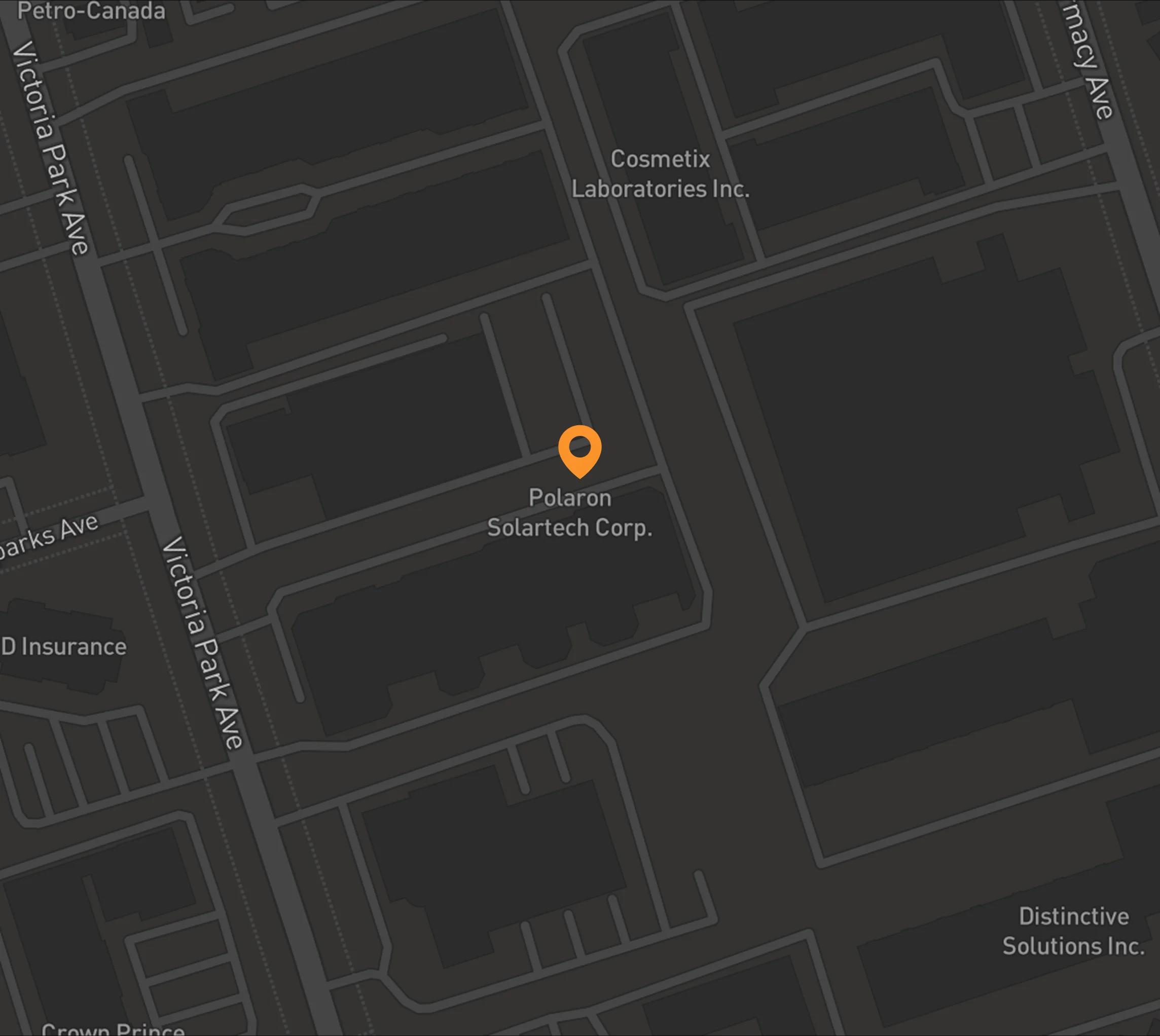END-TO-END SOLUTIONS
Commercial
Slash your business’s energy and demand charges with solar, battery and EV solutions. We offer a full turnkey solution, inclusive of rebate applications — delivering premium commercial installations at a low cost. Boost your business’s profits with tailored commercial system designs.


































